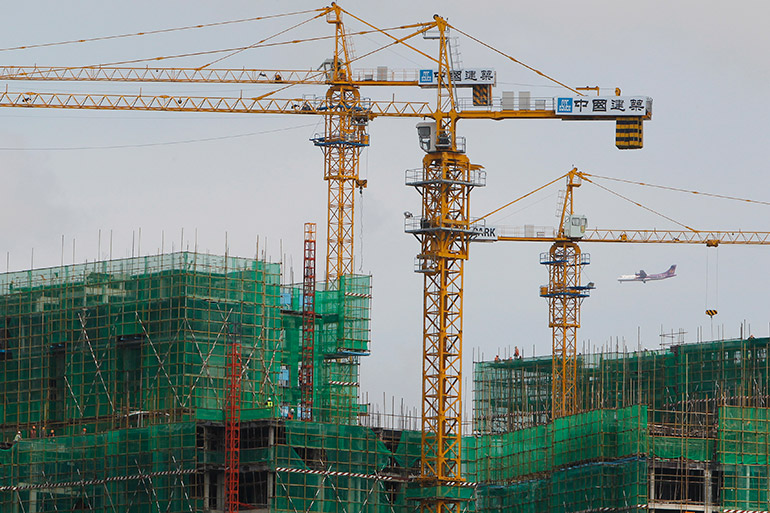SPONSORED: When the Cambodian government announced in January that the value of approved projects in 2016 topped $8.5 billion, many saw it as evidence of an industry bubble. But experts say there is still plenty of room for investors to make a healthy profit, with increased competition fuelling demand for high-end construction

In Phnom Penh, the spectacular growth of Cambodia’s construction sector is visible for all to see. Green safety nets and cranes dominate the capital’s constantly evolving skyline; rarely a week goes by without the announcement of a new ambitious, residential project.
The government’s announcement in January that the value of approved projects in 2016 topped $8.5 billion, therefore, came as little surprise. It did, however, raise concerns that a bubble was looming, fears that experts and industry insiders, such as LBL Construction, say are misguided.
Rapid growth in construction is to be expected, given “the economy’s high and stable levels of growth”, and doesn’t mean the sector is in any way going to implode, the firm said in a recent briefing paper offering valuable advice and insights to parties interesting in investing in the sector.
In fact, the briefing paper argued, enhanced competition had helped drive greater demand for high-end, quality construction, a trend that LBL, with over 26 years’ experience realizing such projects in Cambodia, is well positioned to exploit.
“Some analysts are wary that there may have been too much growth, too quickly,” the paper said. “However, any oversupply is limited to lower-end condominiums, while the high-end construction market remains bullish.”
The trend is also apparent in the commercial office space, in which “the vast proportion of spaces remain of lower quality” despite growing demand for Grade A and B units, with 21% of firms identifying Cambodia as a target for expansion, according to a survey by the US Chamber of Commerce Singapore.
Recently promoted to lower-middle-income status by the World Bank, large amounts of capital continue to flow into Cambodia – predominantly from China and Korea. And while a slight slowdown was expected in certain areas, Jerome Luciani-Khao, LBL’s Chief Business Development Officer, was hopeful for Cambodia’s coastal development.
“The forecast indicates that the markets of Sihanoukville and others along the coastal stretch are becoming the strong focus for construction due to their attractiveness as tourist destinations and vast opportunities,” he said in the recent briefing paper.
“LBL has positioned itself accordingly. There is strong evidence pointing to these coastal areas sustaining the industry in the coming years.”
For full access to the 6-page briefing paper, sign up to LBL’s mailing list here.
Staying ahead of the curve: the future of Cambodia’s construction industry
SPONSORED: When the Cambodian government announced in January that the value of approved projects in 2016 topped $8.5 billion, many saw it as evidence of an industry bubble. But experts say there is still plenty of room for investors to make a healthy profit, with increased competition fuelling demand for high-end construction A plane flies over a construction site in Phnom Penh, Cambodia, 10 April 2017. Cambodia's economy is estimated to grow by 7.1% in 2017 and 2018, according to the Asian Development Bank (ADB). Photo: EPA/Kith Serey

